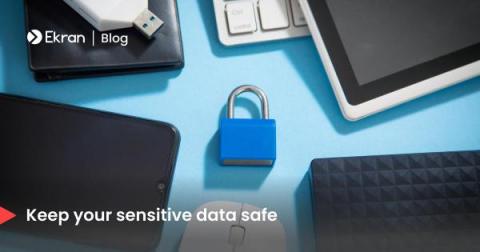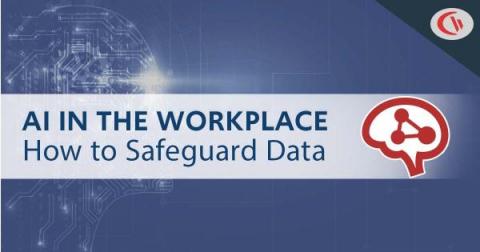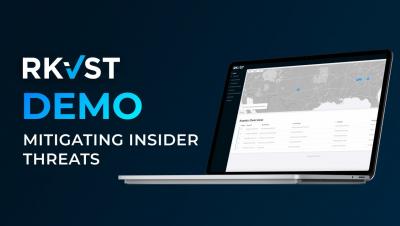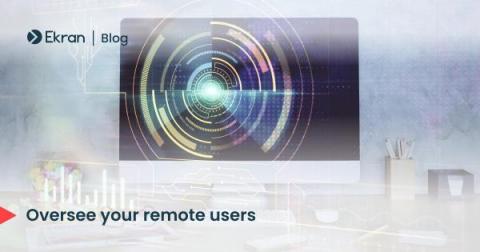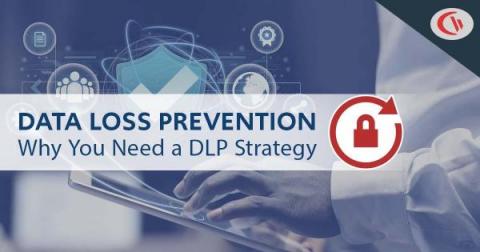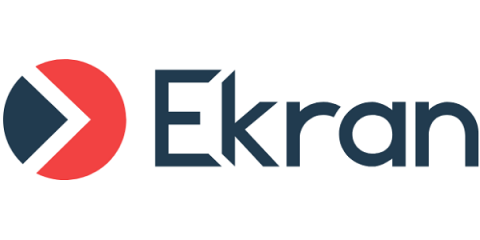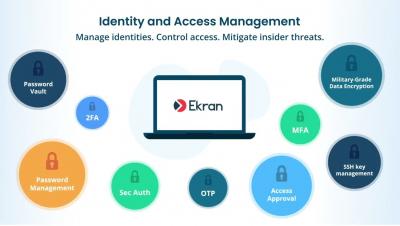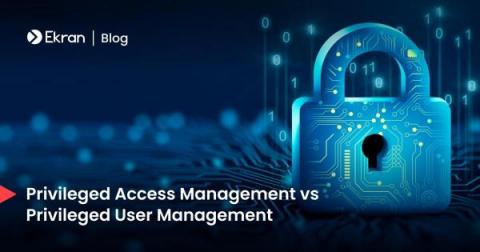Security | Threat Detection | Cyberattacks | DevSecOps | Compliance
Insider Threats
The latest News and Information on Insider Threats including employee monitoring and data privacy.
The Cybersecurity Risks of AI & How to Safeguard Sensitive Data
Experts in the cybersecurity industry are becoming increasingly concerned about artificial intelligence attacks. A 2020 report from Forrester Consulting found that 88% of decision-makers in the security industry believed offensive AI was on the horizon, and almost two-thirds of them expected AI to lead new attacks.
RKVST mitigating insider threats demo
How to Record and Monitor RDP Sessions with Ekran System [Hands-on Guide]
The Issue of Insider Threats: What you Need to Know
Insider threats are an updated version of the wolf in sheep's clothing - the people we rely on to safeguard systems and data can sometimes be the ones who pose the greatest risk. From malicious actors to negligent employees, insider threats come in many forms and can have devastating consequences for organizations of all sizes. Who’s an Insider?
Focusing On Productivity Helps Reduce Insider Risk
Many companies are concerned by the uptick in insider risk that’s come with the work-from-home boom. By one estimate, 58% of office workers work from home at least one day a week. This trend creates blind spots for companies. Managers see their employees less often, people work off network and on personal devices, and they keep schedules that don’t adhere to the previous more predictable hours.
Why Your Business Needs a Data Loss Prevention Strategy
Being a business leader in today’s business environment is no walk in the park. With over 2,200 cybersecurity attacks occurring daily, the task of protecting valuable business data adds an extra layer of complexity to your plate. How do you safeguard your crucial data, ensuring it’s not lost or compromised? You need a comprehensive Data Loss Prevention (DLP) strategy fortified by the best IT security software.
7 Best Practices to Secure System Administrators' Privileged Accounts
System administrators hold the keys to your organization’s cybersecurity. However, their accounts can also be a source of cybersecurity risks to your company. Both cybercriminals and malicious administrators can exploit the elevated privileges for their own benefit. In this article, we explore key risks coming from admin accounts and offer seven effective best practices on how to protect administrative access to your organization’s critical systems and data.


